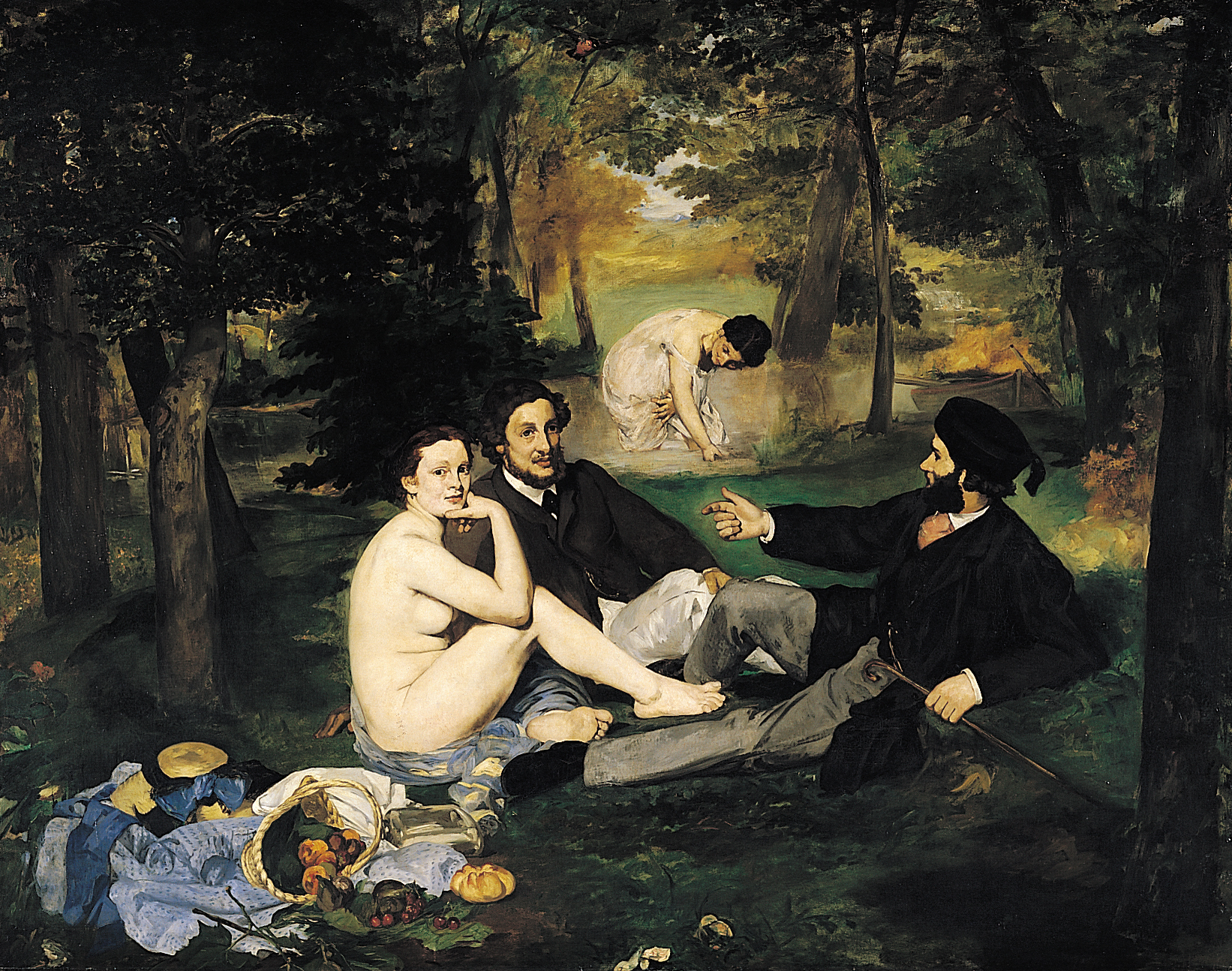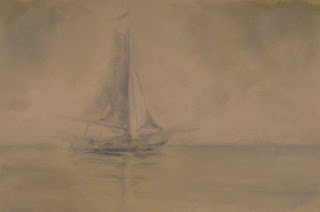If you've dabbled in art history, you may have a vague recollection of the Salon des Refusés. It was, as the name implies, an exhibition of rejects. It was also one of the defining moments of modernism.
The Salon des Refusés was held in 1863 and featured artworks that were rejected by the Académie des Beaux-Arts' official Paris Salon Exhibition. It was set up under the order of Emperor Napoleon III after many people publicly questioned the legitimacy of the selection process. The Emperor, wishing to assuage the critics, offered up his now famous solution; let the public decide!
On April 24th the Moniteur universel
contained the following notice: ‘Numerous complaints have reached the
Emperor on the subject of works of art which have been refused by the
jury of the Exhibition. His Majesty, wishing to let the public judge the
legitimacy of these complaints, has decided that the rejected works
shall be exhibited in another part of the Palais de l'Industrie. This
Exhibition will be voluntary, and artists who do not wish to participate
need only inform the administration of the exhibition, which will
hasten to return their works to them.’
The rest, as they say, is art history. The most famous of the rejected works in the exhibition was Manet's Le Déjeuner sur l'herbe. Other artists that participated in the Salon des Refusés included Pissaro, Whistler, Fantin-Latour, and Cezanne. In retrospect, the Salon des Refusés is understood as a watershed moment in Western art; highlighting in the most public of ways the fissure between the "approved" academic approach to painting and the more freewheeling style of the early modernists.
Le Déjeuner sur l'herbe
Today the term Salon des Refusés is often used more generically to refer to any exhibition that features works that were rejected by official jurors. It's in that spirit that I offer now my own personal, internet age Salon des Refusés.
This year I submitted two paintings for inclusion into the Ohio State Fair Fine Arts Exhibition. Both were rejected. If you've ever been curious about what rejection looks like from the artist's perspective, it typically goes something like this:
Thank you for submitting your entry for the above division and class.
Unfortunately, your entry was not accepted for further judging. Please
contact the entry office with any questions.
And if you're curious about what rejected work looks like, the two paintings below were the ones I submitted:
At Anchor (After Stieglitz) #7
At Anchor (After Stieglitz) #5
I've got a couple beautiful Hackman Frames for them, so if I ever do get a chance to show them they're going to look fantastic! Until then, they'll remain in the drawer. That is unless someone decides to organize an exhibition of works rejected by the State Fair.
Hmmm...
***UPDATE*** Both of these paintings have subsequently sold. One was purchased at the Ohio Art League's "One Night" auction. The other sold at the 2012 "Art for Life" auction.



Perhaps you could hang one in your office for sharing. Rejections left unsaid. We could enjoy your framing work, too.
ReplyDelete